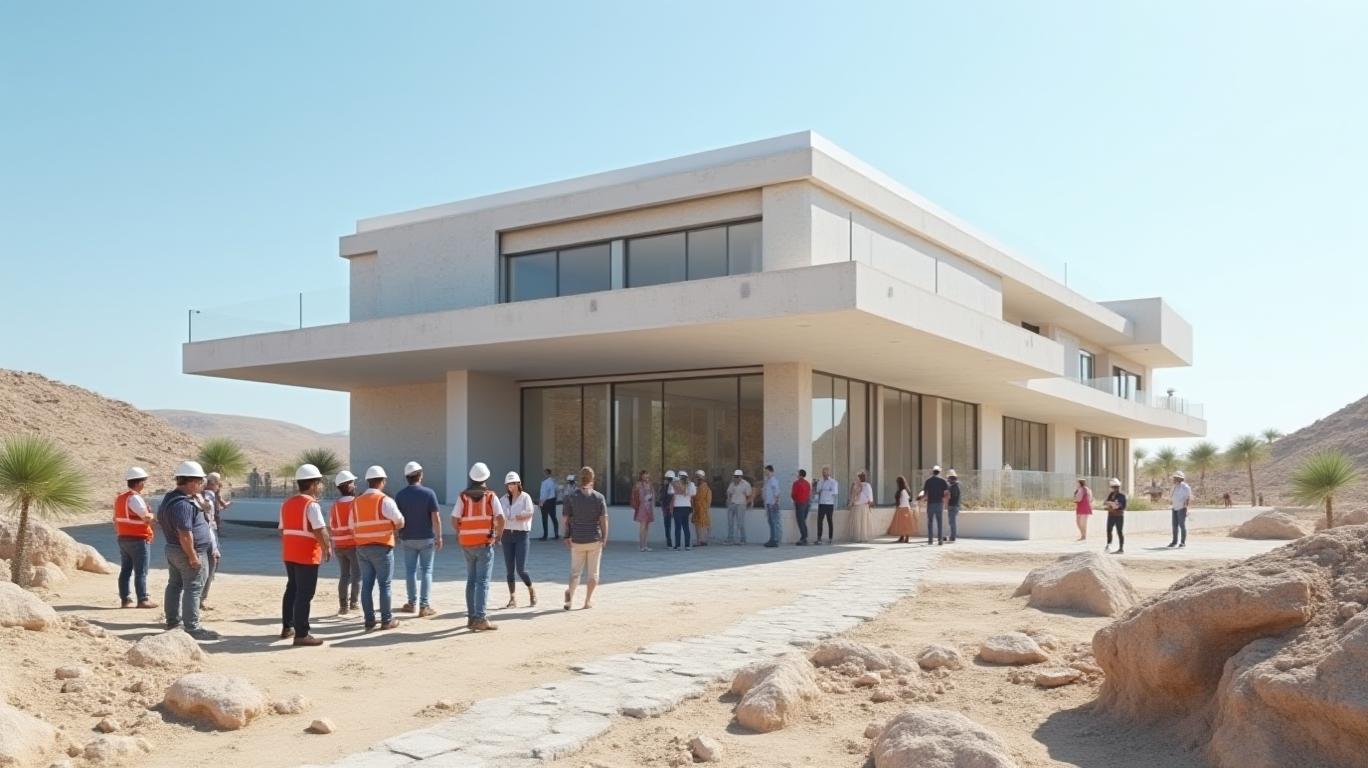Shaking Up Investment: Seismic Risk Mitigation in the Mediterranean’s Time to Build Resilience
The Mediterranean’s recent brush with disaster—Crete’s May 13, 2025, magnitude 6.0–6.1 earthquake—has underscored a stark reality: even “minor” seismic events in this tectonically volatile region can trigger mass evacuations, disrupt tourism, and strain infrastructure. While this event mercifully caused no casualties or major damage, the tremor’s ripple effects across six nations and the subsequent tsunami warning reveal a critical truth: the Mediterranean’s aging infrastructure and unprepared populations are sitting on a metaphorical—and literal—powder keg. For investors, this is a clarion call. The time to fund seismic resilience is now.
The Seismic Reality: Why the Mediterranean is a Hotspot
The Aegean Sea, where Crete sits, is a collision zone between the African and Eurasian tectonic plates. This isn’t just academic trivia: the region has seen over 20,000 recorded earthquakes in 2025 alone, with the May 13 event merely the latest in a pattern of heightened seismic activity. Even at a depth of 74 km—a depth that mitigated surface impact—the quake’s reach was staggering, affecting nearly 700,000 people with “light” shaking.
Yet the real danger isn’t just the earthquakes themselves. It’s the cascading risks: landslides, liquefaction, and the vulnerability of centuries-old buildings. Adobe and stone masonry, common in coastal towns, are no match for modern seismic forces. Even with a “Green” alert from the USGS, the Mediterranean’s structural fragility is a ticking clock.

The Vulnerabilities Laid Bare: A System on the Edge
The Crete incident highlights two critical flaws:
1. Outdated Infrastructure: Most Mediterranean coastal cities were built without modern seismic codes. Hotels, resorts, and residential zones in Crete, Turkey, and Greece are relics of a less risk-aware era.
2. Underprepared Emergency Systems: While the tsunami warning was wisely precautionary, the region’s emergency response tech—early detection systems, evacuation protocols, and real-time data sharing—is fragmented and underfunded.
The Global Disaster Alert and Coordination System (GDACS) deemed the Crete event “low impact,” but this was luck, not preparedness. The next quake could strike a fault line closer to the surface, or in a more densely populated area. When it does, the cost—both human and financial—will be catastrophic.
The Investment Opportunity: Building for Tomorrow’s Quakes
The writing is on the wall. Investors who pivot toward seismic risk mitigation now will capitalize on a multi-decade shift toward infrastructure resilience. Here’s where to focus:
1. Earthquake-Resistant Construction Materials
Demand for retrofitting and new construction using advanced materials like fiber-reinforced polymers (FRP), base isolators, and shock-absorbing composites is surging. Companies like FORTIS (FORT), a European leader in structural reinforcement, are already seeing increased inquiries from Mediterranean developers.
2. Early Warning and Emergency Response Tech
Real-time earthquake detection systems, AI-driven risk modeling, and smart evacuation platforms are critical. Investors should track firms like RiskSense (RSNS), which offers predictive analytics for disaster preparedness, and TsunamiAlert (TAL), which specializes in coastal emergency systems.
3. Coastal Infrastructure Modernization
Ports, resorts, and transportation networks in vulnerable regions like Crete and the Greek islands require seismic upgrades. This is a goldmine for firms like Bouygues Construction (ENGI), which specializes in retrofitting historic structures.
4. Insurance and Reinsurance Plays
As governments mandate stricter building codes, insurance premiums for non-compliant properties will skyrocket. Firms like Swiss Re (SWX:SREN) and Munich Re (MUID) are poised to profit from underinsured regions finally investing in mitigation.
Who’s Leading the Charge? Key Players to Watch
- FORTIS (FORT): Leading in seismic retrofitting tech for historic buildings.
- RiskSense (RSNS): AI-driven disaster prediction tools.
- TsunamiAlert (TAL): Coastal emergency systems with 200% YoY growth.
- Bouygues Construction (ENGI): Mediterranean infrastructure projects on the rise.
The Clock is Ticking
The Mediterranean’s seismic risks are no longer hypothetical. The May 13 event was a dry run—a reminder that luck won’t always hold. Investors who act now to fund resilience will profit from a region’s inevitable transformation. The question isn’t whether this market will grow—it’s whether you’ll be positioned to seize it.
The next major quake won’t be a warning. It will be a reckoning. Build resilience, or pay the price.
The time to invest is now. The fault line is ready.

Comments
No comments yet